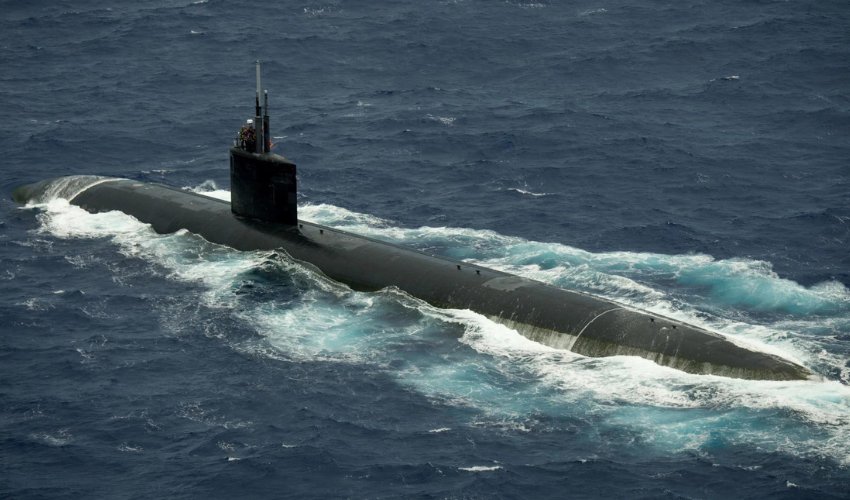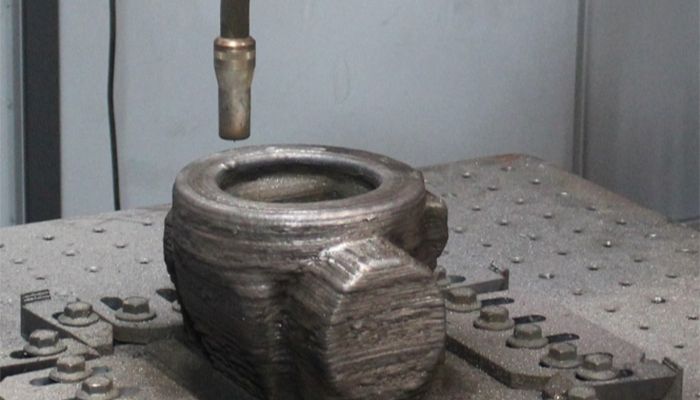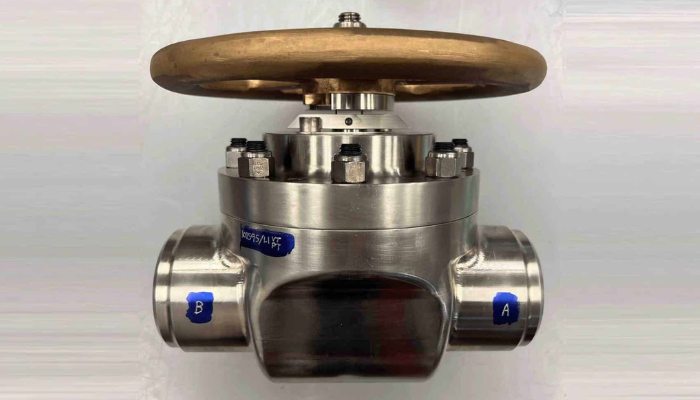U.S. Navy Partners With Hunt Valve for 3D Printed Submarine Components

The United States military has begun to modernize its fleet across all branches with the adoption of 3D printing technology. In a major overhaul for the U.S. Navy, Hunt Valve, the Fairbanks Morse Defense subsidiary, has recently been awarded a significant contract with the Maritime Sustainment Technology and Innovation Consortium (MSTIC) to spearhead the production of critical valve assemblies for submarines.
This marks a major shift from traditional manufacturing methods like sand casting, as 3D printing takes center stage in the push for cutting-edge naval technology. By leveraging the capabilities of AM, Hunt Valve aims to deliver state-of-the-art, 70-pound valve assemblies, engineered to surpass the quality benchmarks set by conventional sand-casting methods. Additionally, 3D printing promises a significant reduction in production timelines, enhancing the overall flexibility and efficiency of the Navy’s supply chain.

The valve assembly component in the process of being 3D printed.
“The utilization of additive manufacturing assembly with copper-nickel for large valve production is a real step forward for our industry,” said Andrew Pfister, Vice President of Aftermarket and Product Development at Fairbanks Morse Defense. “Not only does it create a superior product in terms of quality, but the process can significantly reduce lead-in times.“
The project involves heavy collaboration between Hunt Valve and Lincoln Electric, a leading provider of welding solutions technology. Together, they will utilize a specialized 3D printing process to carefully craft the valve bodies. This process involves intricate layering of copper-nickel alloys, an approach that offers greater design flexibility and overcomes limitations associated with traditional casting techniques.
Until now, 3D printing has been primarily used for small-scale applications within the Navy, especially concerning submarines. However, Hunt Valve’s contract with MSTIC will likely pave the way for an increase of 3D printed components within the Navy, as these valve assemblies are now permitted for installation across all U.S. Navy submarine classes. The adoption of 3D printing is projected to accelerate component production across the entire fleet by up to 75%. The successful production of these large-scale, mission-critical components using complex alloys represents an enormous opportunity to demonstrate the growing versatility of AM to meet the demands of modern naval operations.

A finished submarine valve assembly component.
Beyond efficiency gains, 3D printing also has significant economic and national security benefits, with its adoption expected to strengthen domestic supply chains. By embracing the technology, the Navy reduces its reliance on foreign manufacturers, ensuring a cheaper, more reliable source for these components. Speaking on these benefits, Pfister added, “Innovative technologies such as additive manufacturing are essential for building the submarine industrial base to overcome supply chain challenges. By scaling additive manufacturing, we can reduce shipping from other parts of the world and increase the speed of production at home, which positively impacts the Navy’s overall strategic goal to deliver a 300+ fleet.” To learn more about this project, click here.
What do you think about this partnership to 3D print valve assemblies for U.S. submarines? Let us know in a comment below or on our LinkedIn, Facebook, and Twitter pages! Don’t forget to sign up for our free weekly newsletter here, for the latest 3D printing news straight to your inbox! You can also find all our videos on our YouTube channel.
*All Photo Credits: Fairbanks Morse Defense







